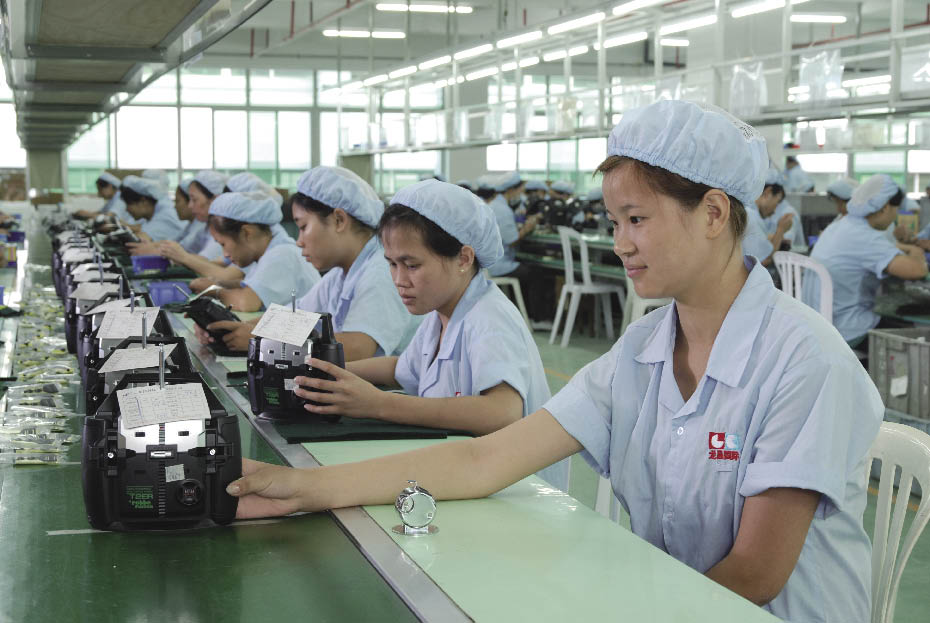|
Tang Mo oversees Huakang's brand management and marketing. The company's domestic/export sales ratio is 3:7. "Export clients pay for goods in advance of delivery, but domestic companies such as those in the Zhongguancun market don't pay up till months after taking delivery. This is bad for company cash flow," Tang said.
"The slump on the international market has encouraged us to diversify," he continued, explaining that the company has taken two measures. The first is developing the Middle Eastern market with the help of established clients. The Middle East, a market largely overlooked by enterprises in Dongguan, now makes up 50 to 60 percent of Huakang exports.
The other measure is to develop the domestic market. The company plans to close its branch companies so that the agents and distributors can make more profits. Exported goods are generally in OEM (Original Equipment Manufacturing) form, whereby they are manufactured under other company brand names. A company that chooses to develop its domestic market needs its own brand for greater added value. Huakang is considering this possibility.
 |
|
A production Line in the Longchang Factory. Longchang |
Key to Bigger Profit Margin
The latest Chinese Customs data show that yarns, fabrics and garments were valued at US $60.41 billion among exported commodities in the first 11 months of 2008, which represents an increase of 18.1 percent over the same period last year – the most rapid among traditional bulk exported commodities.
But growth in exports does not necessarily mean high profits for the enterprises that manufacture them. "Profits are small and risks are high," Zeng Tianren said, adding with reference to the withdrawal of certain foreign-funded enterprises, "Enterprises that rent plant buildings in Dongguan whose fixed assets are not large tend to withdraw."
Zeng Tianren holds that profits, not the market, constitute industry's biggest problem. The textile and garment industries meet basic human needs and are hence strongly supported. The key is how to maximize this advantage. Yingqi moved into its newly built factory building in 2007 and installed more than 500 computerized knitting machines imported from Germany and Japan at a cost in excess of RMB 300,000 each.
The scope of Yingqi products before 2004 was confined by the limited scope of its hand-operated flat knitting machines. Even so, profits from low- to middle-grade goods the company produced in the late 1990s and first two years of the 21st century reached 15 to 30 percent. The market today is far less stable and profit margins are inexorably sinking, which is why Yingqi CEO Zeng Tianren has invested RMB 200 million in top-line computerized knitting machines.
| 